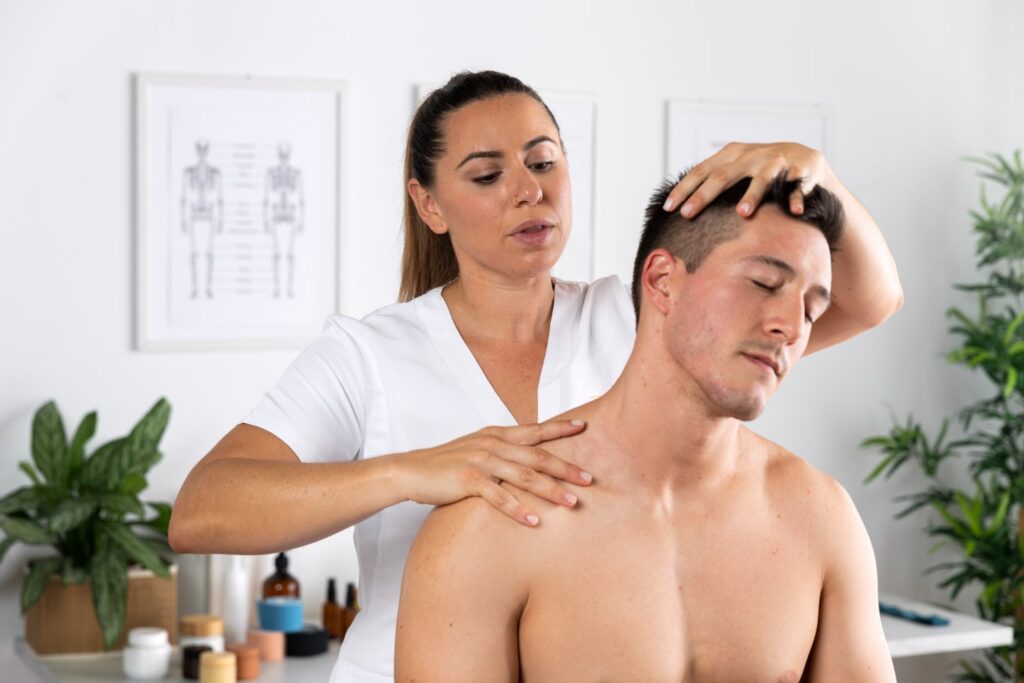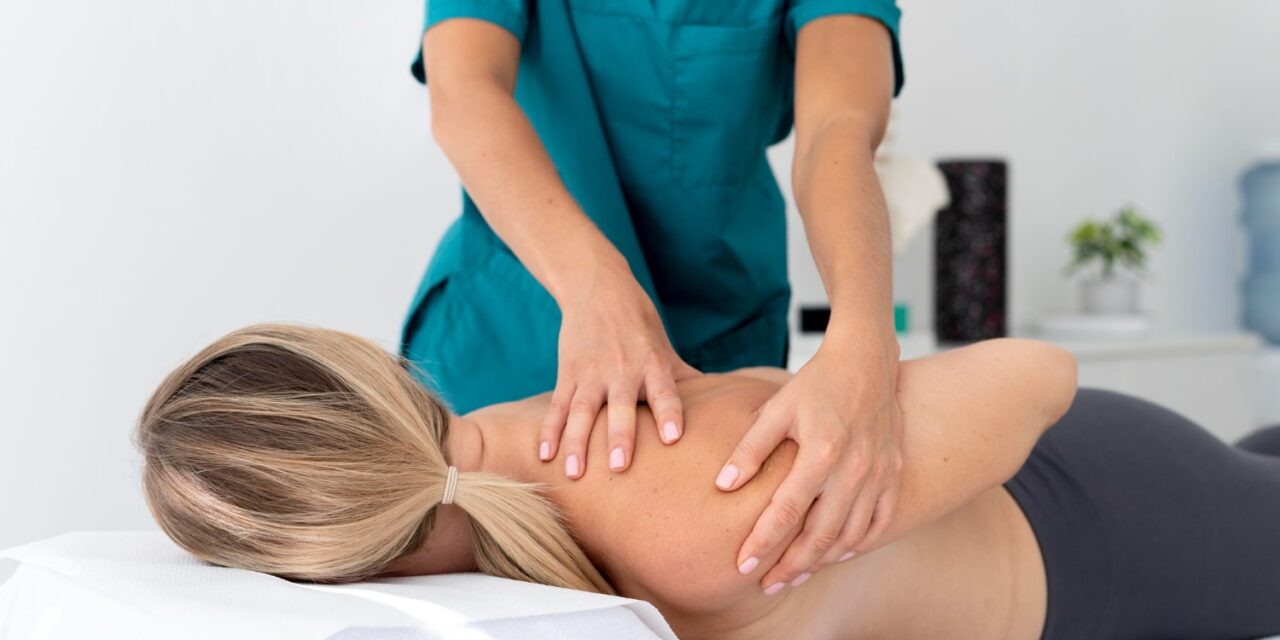Neuromuscular Massage Therapy
Neuromuscular Massage Therapy (NMT) is a more specific type of massage that uses muscles and trigger points to reduce pain, improve range of motion, and even build muscle. This therapy identifies and treats the root causes of chronic pain and muscular discomfort, addressing trigger points, muscle adhesions, or nerve compressions. Neuromuscular Massage Therapy is not simply another supplement to relax you. It aims to change muscle structure to improve balance and function in the body.
Neuromuscular Massage Techniques
NMT uses various techniques to address each muscle problem or nerve condition. These techniques include:
-
Trigger Point Therapy: Direct pressure is applied to points on the muscle that may be issuing pain signals elsewhere in the body.
-
Deep Tissue Massage: This technique targets deeper layers of muscle tissue in order to disrupt long held patterns and adhesions.
-
Myofascial Release: Long, slow pressure is applied to the fascia (connective tissues), which helps relieve pain and improves tissue health.
-
Cross-Fibre Friction: A massage technique involving compression and pressure in opposing directions across the muscle fiber to increase circulation.
-
Muscle Energy Techniques: These techniques enhance muscle performance, functionality and length by activating the muscle in the stimulus-instigated directions.
Benefits of Neuromuscular Massage Therapy

Image Designed by Freepik
NMT can benefit a wide range of individuals, including:
Benefits for Athletes
Neuromuscular massage therapy has the potential to offer treatment options that will benefit athletes in a variety of different ways. Neuromuscular massage therapy benefits athletes by:
- Aid in muscle stretching and prevention of injury.
- Increased strength, flexibility, and performance.
- Assisting with recovery after hard training or racing.
Relief for Office Workers
Everyone experiences the adverse effects of being sedentary all day, poor posture, and muscle pain.
- How office employees can take advantage of neuromuscular massage therapy:
- Free you of neck and shoulder pain from long hours sitting.
- Fixing posture problems.
- Stress Reduction & Relaxation
Chronic Pain Sufferers
- Fibromyalgia: Reduces muscle pain and soreness in patients with fibromyalgia.
- Sciatica: May reduce the pain that causes shooting down your leg out of your lower back.
- TMJ Disorders: Improved Jaw Pain and TMJ Mobility
Elder People
- Muscle flexibility: The more flexible your muscles are, the better (and faster) an elderly person can move.
- Decreases pain osteoarthritis: Helps in Pain Removal
- Good Health Grade: Helps restore average blood circulation, making them feel more active and salubrious.
The Role of Neuromuscular Massage Therapy in Treating Trigger Point Pain
Trigger points are little annoying spots within a muscle that can be sources of local pain and referred pain. Neuromuscular Massage Therapy is beneficial when it comes to trigger point pain using specific pressure and release methods. By doing so, NMT helps to:
-
Pain Reduction: Directing the massage to the trigger points will lessen your pain.
-
Mobility: Turns stiff muscles loose so you can move freely and efficiently.
-
Improved Blood Circulation: Assists in healing and reduces muscle stiffness.
-
Preventing Recurrence: Regular NMT can balance the trigger points and pre vent pain from returning.
How to Find Neuromuscular Massage Therapy Near Me

Image Designed by Freepik
If you are looking for an NMT therapist close to you who will help boost your health and well-being, Here are a few steps to
-
Internet Search: Most search engines or local online directories can help you discover NMT therapists in the area.
-
Reviews: Checking the therapist's reviews and testimonials is an easy way to judge if they provide quality service.
-
Get Recommendations: Ask friends, family or healthcare providers for any recommendations.
-
Check Credentials: Make sure the therapist you plan to visit has a genuine certification in neuromuscular massage techniques.
Preparing for a Neuromuscular Massage Therapy Session
Preparation can help the therapy be more effective
-
Rehydrate: Drink lots of water before and after your session.
-
Communicate: Inform the therapist about your medical history, and any present pain. Let them know which focus areas might be most beneficial to you.
-
Arrive Early and Relax: Arrive early and relax; prepare your mind for the session.
-
Dress Comfortably: Dress in loose, comfortable clothing that can easily accommodate treatment areas.
What to Expect During a Session?

Some of this anxiety may be dispelled by simply understanding what should be expected from the therapy:
-
Initial Consultation: A general conversation with the therapists regarding symptoms, history of health and what you need help to work through.
-
Assessment: The physical therapist will assess the problematic areas.
-
The course of Treatment: During the session, you will get either Neurotherapy and CBT/EMDR, according to your specific needs demand.
-
Post-Treatment Suggestions: Your therapist might instruct you on exercises or stretches to help maintain the results of your treatment.
Common Misconceptions About Neuromuscular Massage Therapy
Many people think Neuromuscular Massage Therapy is uncomfortable or not for someone in shape like an athlete. NMT is adaptable so that everyone from couch potato to marathoner can be made fit. Knowing the facts about this therapy can enable you to make an informed decision as to whether it is right for you.
Conclusion
Neuromuscular massage therapy is a multimodal manual approach that detects, treats and prevents painful disorders associated with dysfunction of the deep tissues in the body.
If you are trying to achieve maximum athletic performance or someone who can’t avoid chronic muscular stresses, NMT yields lasting results that keep you doing the things in life that make living worthwhile. Learning how it works, its advantages, and what to expect will help you choose your plan perfectly.
FAQ’S
Neuromuscular Massage
The neuromuscular massage is a type of deep tissue healing strokes aimed at releasing tension in areas prone to chronic muscle pain due to injuries from sports and accidents. It focuses on trigger points- which are pain-knots.
The therapist puts deep focus on these parts via the natural movements of muscle and make the function release, circulation and proper flow. Neuromuscular massage is used to specific ailments (like muscle injuries, postural problems and pain), which may include using deeper, more intense techniques that can be temporarily unpleasant.
Regular Massage
whether Swedish or relaxing massage – is intended to achieve all-around relaxation and relief for stress. It consists only of gently rhythmic strokes which massage, knead or tap the body and mind into tranquility. This kind of massage generally focuses on the surface muscles and experiences significant application in everyday life. Regular massage is less intense than neuromuscular massage and mainly aims at helping the body relax and rejuvenate.
Neuromuscular therapy can benefit many kinds of people, and it is particularly helpful for those with chronic muscle aches, tension or injuries. More specific groups of people who could gain from neuromuscular therapy as a treatment for their particular issues are:
Chronic Pain Sufferers: If suffering from chronic conditions like fibromyalgia, migraines, or an incessant case of low-back pain then you will find some relief with this therapeutic modality because it is directed at the muscles most likely responsible for your particular problem.
Athletes: Athletes suffering from sports injuries, muscle strains or overuse injuries benefit from neuromuscular therapy’s multiple uses for getting faster recovery, improving performance and reducing future risk of getting hurt.
People with Postural Issues: For patients who suffer from symptoms directly resulting from poor posture or musculoskeletal imbalances; neuromuscular therapy works to address the postural dysfunction by reducing and removing exaggerated muscle forces working on their respective joints.
Individuals Recovering from Injury: People recovering from surgery or injury, particularly those with soft tissue injuries, can benefit from neuromuscular therapy to promote healing, reduce scar tissue, and restore mobility.
Those Experiencing Stress and Tension People who are under high levels of stress or muscle tension caused by anxiety You can use the targeted approach of neuromuscular therapy to alleviate muscle knot in these areas as well through both its very practical application (relaxation vs. stimulation) and general sense of stress reduction achieved with this therapy on top-of long term wellbeing.


Trackbacks/Pingbacks